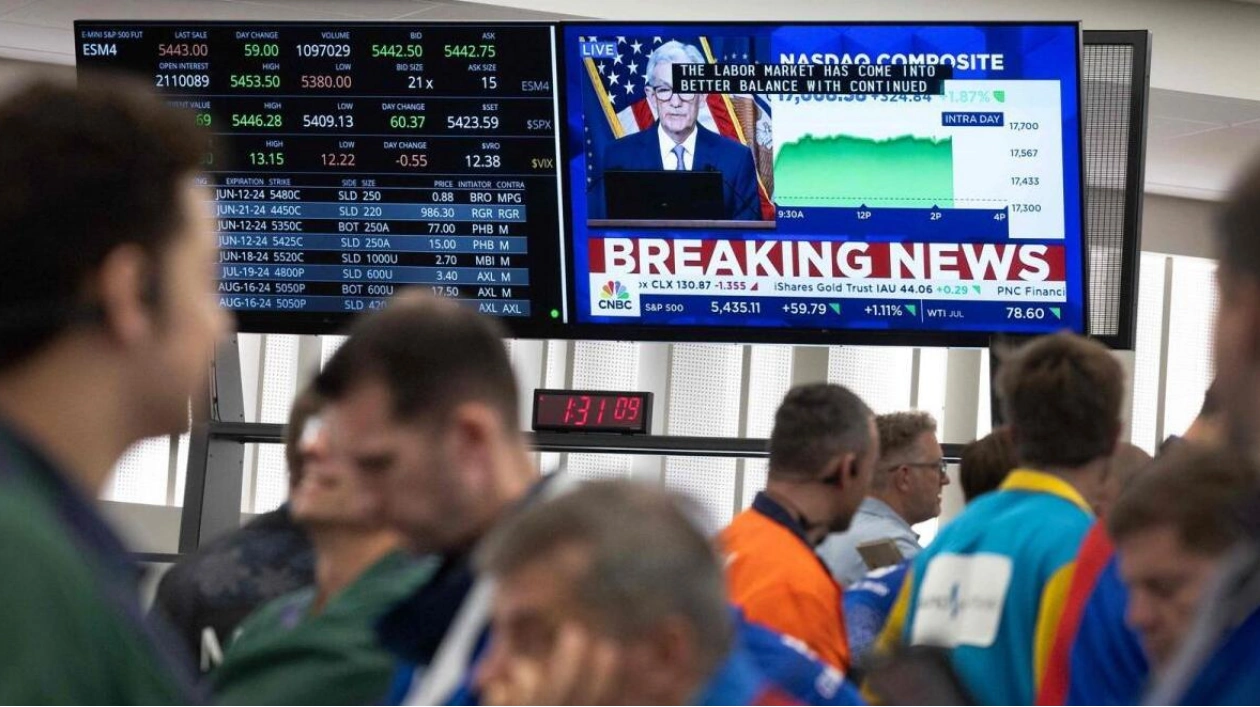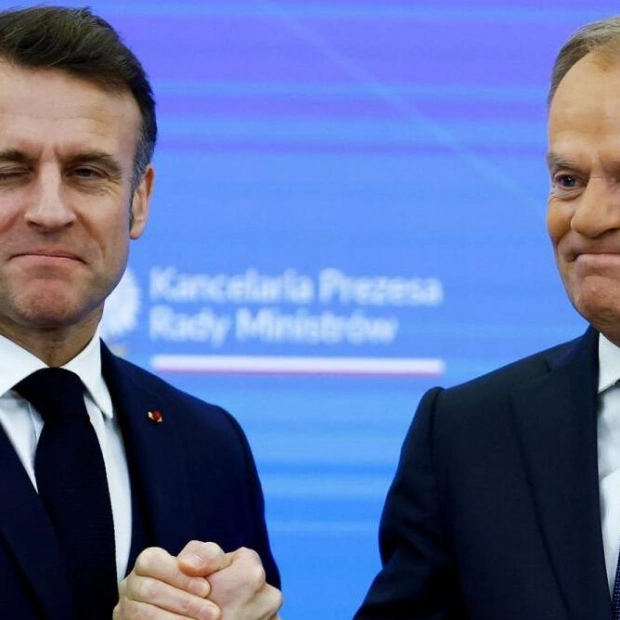Six months ago, the world's leading central banks were preparing for a universally welcomed action: a worldwide reduction in interest rates, making borrowing more affordable and loans more accessible. Federal Reserve Chair Jerome Powell mentioned in December that lowering rates was a subject of global and internal debate, amidst investor optimism and concerns from entities like the International Monetary Fund about premature rate cuts affecting inflation control. However, these concerns were unfounded. The anticipated coordinated easing in late 2023 has mostly dissipated due to stubborn inflation and robust economic and wage growth. Some minor rate cuts have occurred, like those by the European Central Bank and Bank of Canada this month, primarily to fulfill earlier promises when inflation seemed to be rapidly declining. The mood among central banks has shifted from a proactive stance to a more cautious one. Powell recently stated that the initial policy loosening would be significant, with new projections indicating just a quarter-point rate cut by year's end, down from earlier projections of three cuts. He emphasized the importance of getting policy adjustments right. Economists now predict one or two Fed rate cuts this year, down from four expected in December, before Powell hinted at a quicker pivot to lower rates. The Bank of England is expected to delay rate cuts until after the next government, despite inflation nearing its target. Similarly, the ECB, which made its first cut in June as predicted, now faces market expectations of minimal further cuts this year, contrary to earlier predictions of more aggressive easing. ECB and BoE officials have warned of challenges in managing inflation, with ECB President Christine Lagarde still confident of reaching the 2% inflation target by 2025. Central banks are carefully balancing inflation control with economic growth, mindful of the risks of overly restrictive policies. Powell's cautious stance on rate cuts may be more about managing expectations than actual economic conditions. Recent data suggests easing price pressures, yet investors remain focused on potential rate cuts starting in September, despite Powell's comments. The extended period of restrictive monetary policy has raised concerns about potential negative impacts on employment and economic stability.

Text: Lara Palmer
17.06.2024
From Rate Cut Expectations to Cautious Stance: How Central Banks Are Navigating Economic Challenges





